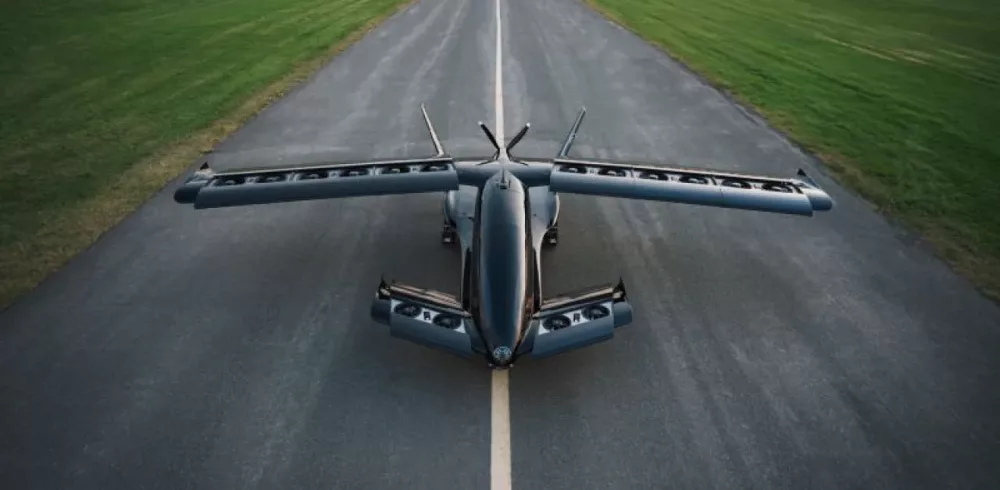Growing support for the launch of Air taxis could help boost remote communities in Canada with more people considering moving to remote areas, if access conditions improve according to new research. Government data shows that roughly one in nine Canadians are classed as living in remote areas, which accounts for 74.6% of the Canadian landmass, and there is growing concern about the long-term future of these remote communities.
However, a nationwide study by Horizon Aircraft (“Company” or “Horizon”), a Canadian-based innovative leader in hybrid electric Vertical Take-off and Landing (eVTOL) aerial vehicles, shows the launch of air taxi services could play a vital role in revitalising rural communities.
The research, which included the views of people living in remote communities, found two out of three (66%) Canadians would welcome the use of air taxis to address negative issues associated with living in remote communities such as poor access to transport, isolation, and unreliable supplies of critical goods and medical supplies.
Canadians in general are very receptive to the idea of air taxis or eVTOLs – 60% said they would be happy to travel in a regulatory agency approved air taxi and nearly half (48%) would be happy to use them as soon as they are commercially operational. Around 48% would be happy to fly in eVTOLs in other countries outside Canada.
The research by Horizon shows that the introduction of air taxis or eVTOLs could increase interest in Canada to moving to more remote areas – 45% may consider moving if eVTOLs were more readily available to enable travel and ensure a strong supply chain.
Regulators and eVTOL manufacturers and operators will need to focus on safety and pilot training if air taxis are to be seen as a viable mode of transport and attract customers. Around 70% of those questioned said safety issues are very important, while 67% stressed the need for well-trained pilots. Around 56% said cost would be very important while just 28% said comfort was very important to them.
Brandon Robinson, CEO of Horizon Aircraft, said: “Properly designed eVTOLs could have multiple uses including urban transport, air ambulances, cargo transport, military and wildfire service use but in Canada they are particularly suited to addressing the issues faced by people living in remote communities.
“It is interesting to see that so many Canadians would consider moving to more remote areas if they could rely on safe and secure air taxi services.”
Horizon Aircraft is building an electric Vertical Takeoff and Landing (eVTOL) aircraft that designed with a hybrid electric power system. The Company is designing the aircraft such that it could, after its vertical takeoff, re-charge its batteries enroute when it is flying in a configuration like a traditional aircraft. Their “Cavorite X7” is an eVTOL designed for longer-range regional passenger or cargo, as well as special missions. The Cavorite X7 aircraft would have a gross weight of an estimated 5,500 lbs with a projected useful load of 1,500 lbs. With an estimated maximum speed of 250 miles per hour and an average range of over 500 miles with fuel reserves, the Company believes that this experimental aircraft, if eventually licensed for commercial use, would be well-positioned to excel in medical evacuation, critical supply delivery, disaster relief, and special military missions. The Company believes that the proposed aircraft would also be attractive for Regional Air Mobility – moving people and cargo 50 to 500 miles.
The Company is continuing the testing of its 50%-scale aircraft that it believes will reduce technical risk moving forward as it continues to develop its full-scale aircraft. Horizon and its flagship Cavorite X7 design has been attracting significant interest from within the industry and has enabled Horizon to win several grants and a U.S. Department of Defense advanced research and development contract award.
Manufacturing & Engineering Magazine | The Home of Manufacturing Industry News









